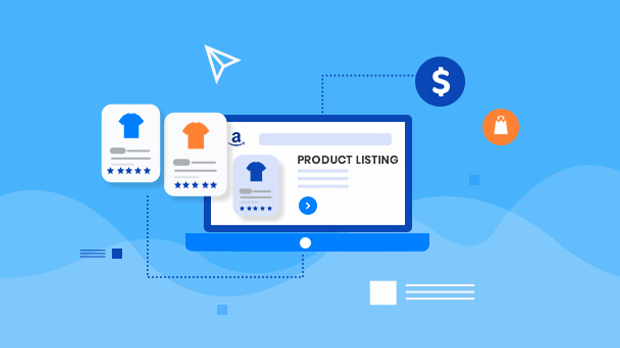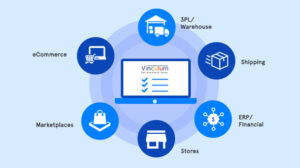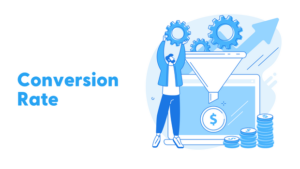Product sequencing, in general terms, refers to arranging the items in the desired format. It is one of the aspects of digital marketing, and it gets the best products of merchandise and displays the products in the catalog to attract more visitors. A seller can customize and enhance his products using Magento.
Product sequencing uses algorithms to ascertain which products on the seller’s portal could bring in more customers. Several categories of sequencing play a significant role in e-commerce, such as content sequencing, video ad sequencing, and advanced sequencing for product listing pages.
Understanding Product Sequencing
In digital marketing, while building a site, it is essential to understand what products will bring in the most significant number of visitors and convert them into buyers. This process is the primary purpose of product sequencing. To arrange and put forward those items that are best for the brand.
However, the manual arrangement of products will rapidly increase the operational cost of maintaining your online portal.
Problems Faced during Manual Arrangement of Products by Sellers
Several issues that the seller faces when he tries to arrange his products manually. A seller must study and analyze users’ search behavior reports and list the website’s products as per the most searched items.
The seller then has to arrange and list the products on the website manually. It could be a cumbersome task, especially if the seller does it without seeking any help from professionals.
Sellers must analyze users’ search behavior reports, study users’ buying patterns, keep a tab on the availability or non-availability of products, and manage the sales after a detailed report analysis.
If the seller handles these tasks by himself, it will be a laborious job for him, and there are high chances that he can make errors.
The arrangement of the products and listing them on the website can be complicated for someone who has little to no technical knowledge.
Therefore, the product sequencing model uses algorithms and automatically arranges one or more items in the desired sequence based on the aspects. This model requires less manual interference, and we can achieve the selected series of products in no time.
Product Sequencing vs Seller’s Goals
At times, the product sequencing algorithm differs from the seller’s goals.
For example, there is an online clothing portal where most of the users search for low-priced items. Thus, product sequencing will prioritize those items which the large section of the customers are looking for instead of bending toward the seller’s goal to keep high-priced items on the portal’s first page.
If the seller still wishes to continue with the price he has set in his mind, he should offer some lucrative deals that could attract visitors—for example, a combo deal.
A seller should plan his products’ costs correctly, or else the users MAY get a vibe from the seller’s portal that he doesn’t care about customers’ needs. And this is not a positive sign for a seller’s business.
Product sequencing gives us an idea of what the customers want.
Difference between Product Sequencing and Product Segmentation
Often, we confuse product segmentation with product sequencing. The difference between the two strategies is: Product segmentation decides which CATEGORY a specific product must go.
For instance, there is a section for men’s and women’s apparel in the Amazon website’s catalog menu. There are several enumerated sub-sections.
A man’s formal shirt will go to the men’s apparel category. Similarly, an electronic good will go into the electronics category, and so on. The wrong categorization will not let the potential buyers find what they are looking for, ultimately increasing a seller’s bounce rates. Therefore, product segmentation groups the same type of products under one roof to find them easily. On the other hand, product sequencing prioritizes those products which were searched the most by users.
Video Ad Sequencing in Google Ads
Video ad sequencing allows a seller to promote his brand’s products by displaying the viewers a string of videos in the order that the seller has defined.
One can use a video ad sequence campaign to build interest, emphasize a message, or create a unifying theme. All the sequences are made of series/steps.
How does Video Ad Sequencing Work?
One has to go to the Google ads and follow the below-mentioned steps to use video ad sequencing.
- First, visit the Google ads dashboard. On the left-hand menu, click on a video campaign.
- Click on a new campaign. Scroll down till the last, and there is an option for ad sequence. Click continue.
- A new tab opens. Name the campaign. In Budget and Dates, select the budget (either total or daily).
- Select a bidding strategy accordingly (CPV- Cost per view or CPM- Cost per thousand impressions).
- Network: The seller can show his ads on YouTube videos, which is another way of promoting the brand.
- Ad sequence – there are a series of advertisements that one can show. It creates awareness about a product. Ad sequence shows a planned series of ads about a particular product.
- Many ads are bound with one primary ad, and it depends on the seller in which sequence he wishes to show the other ads.
Advanced Sequencing for Product Listing Page
It works at reducing the bounce rates of online portals. The advanced-sequencing method sequences the products on the product listing page.
These products get filtered by diverse attributes and tags like product color, product trending score, product type, etc. Advanced sequencing is automated and works very well on any product listing page.
It has artificial intelligence to detect which products deserve more visibility amongst others. Advanced sequencing can work in any given situation.
Conclusion
Product sequencing helps place an item, a service, or an ad film according to the user behavior or seller’s requirements.
Product Sequencing can be various types like Ad sequencing, content sequencing (content refers to any product, video, or audio ads), and advanced sequencing. They all work differently, but they all make sequences of items or services accordingly to promote the seller’s product. Using Magento, a seller can customize and enhance his products.
In product sequencing, sellers’ goals and product sequencing priorities can differ from one another. The seller must understand that he must plan his product’s costs according to what customers want or offer them good deals if he wishes to sell his items to many customers.
Product segmentation is about putting an article under the correct category in the online portal. If an item’s segmentation is not done correctly, the user may not find the product they are looking for, ultimately increasing the bounce rates.
There are several digital marketing models to bring your product to notice. However, not every model works for every business.
Therefore, guidance from an efficient team can get more online visibility for your brand. To know more about building your brand on an online platform,













